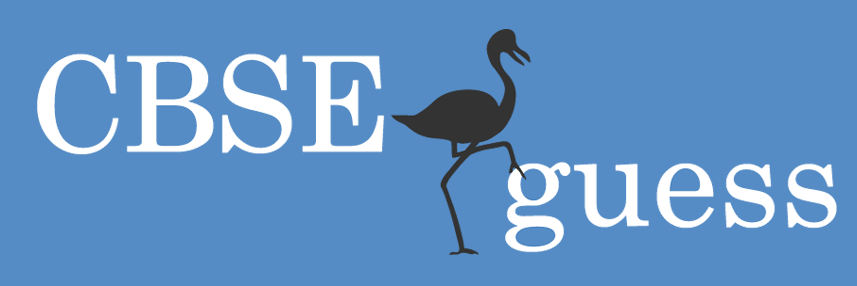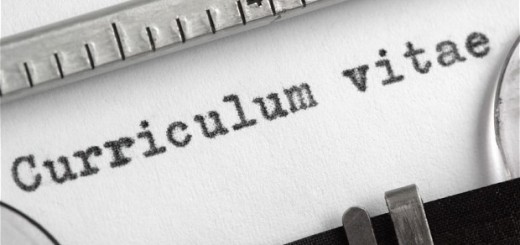Multiculturalism in School Curriculum
What is multiculturalism in school curriculum?
Personally, I disagree with the many teachers today who are pushing the notion that in order to teach multiculturalism in school curriculum, teachers must actually move away from the traditional curriculum. Yes, we must move away from the textbook, but not necessarily the curriculum.
Dont get me wrong, teachers must include all the cultures that make up our history, but we must not do so in a way that we are forced to pull out each culture and teach it as a separate entity such as Black History Month or Womens History Month. This is not multicultural education, but rather what I call “intellectual segregation” and it is wrong. All cultures should be taught throughout all the units in order to be a truly multicultural education. Having separate months for different cultures is exactly the opposite of what a true multicultural education should be trying to achieve.
Nor do we have to move away from the traditional curriculum to a theme based curriculum as many suggest. Different cultures and perspectives can and should be incorporated throughout the various units within the traditional curriculum. For example, when teaching the Progressive Era (part of the traditional curriculum), my students work in pairs to write and present an interview on one person from the time period. I provide students with information from a variety of perspectives and from a variety of races and genders. I do the same for many of my units.
Another example is from my World War II unit. Part of the curriculum is life on the home front during World War II. My students are split into groups with each group receiving information on a different group of Americans (African-Americans, women, children, Mexican-Americans etc.). Students use the information they are provided to create a five minute newscast about their particular group and present the newscast to the rest of the class.
Likewise, in my unit on Vietnam, students examine various perspectives on the war from various groups of Americans from different genders and races before they write their five paragraph essay arguing whether they think the U.S. should be praised or condemned for their involvement in Vietnam. The students are allowed to form their own opinions and arguments. My job is simply to provide them with the information and be objective.
Honestly, I can go on and on providing example after example, but my point is this: The traditional curriculum can be taught in way that is truly a multicultural education, that addresses various perspectives and allows students to draw their own conclusions.
The beauty of teaching multicultural history in this manner is that it also addresses how students learn. Arguing and judging are at the highest level of Blooms taxonomy and by having students make arguments and back up those arguments, whether you as the teacher agree with them or not, is how students will retain information. Fortunately, this retention will also translate into higher standardized test scores.
The bottom line is this: We can teach a variety of perspectives and cultures on a given curriculum in a student-centered classroom that inspires active learning and also increases standardized test scores.
Copyright 2005 Adam Waxler
About The Author
Adam Waxler is a middle school social studies teacher, teacher mentor, and author of eTeach: A Teacher Resource for Learning the Strategies of Master Teachers.
Find out more about his book here: http://www.teaching-teacher.com and check out his blog for free teaching tips here: http://www.teaching-tips-machine.com/blog.

